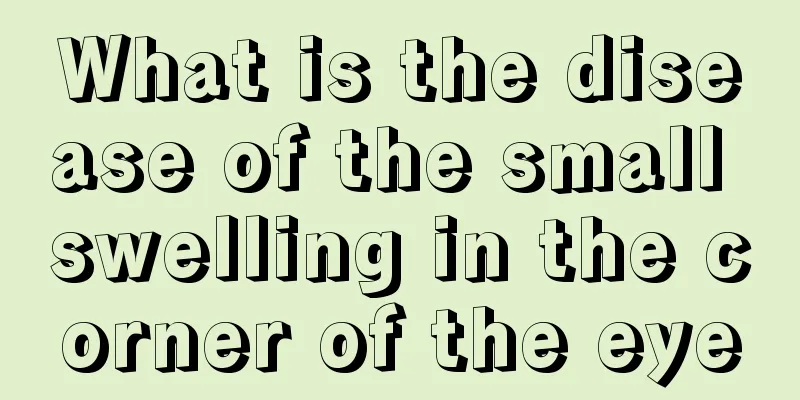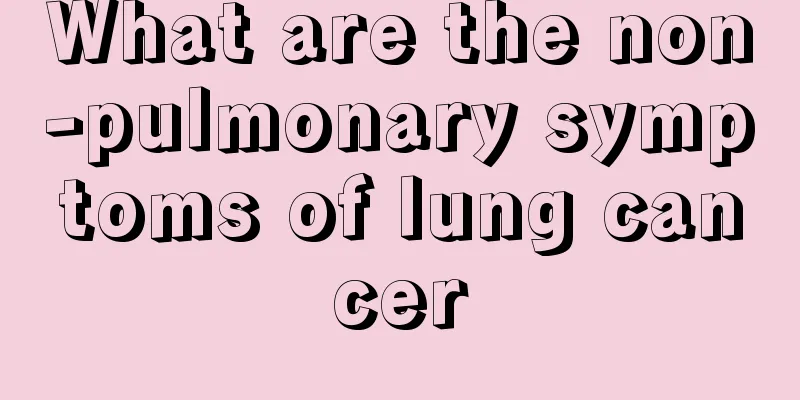Traditional Chinese Medicine Treatment Methods for Liver Cancer

|
One of the characteristics of tumor treatment in my country is the combination of traditional Chinese medicine and western medicine. Traditional Chinese medicine in the treatment of liver cancer emphasizes overall regulation, distinguishing between the prevalence of pathogenic factors and the deficiency of the body's health and treating it accordingly. As a method of comprehensive treatment, it is used in conjunction with surgery, radiotherapy, and chemotherapy. 1. Indications of Traditional Chinese Medicine (1) Patients with advanced liver cancer who are unable to undergo surgery, radiotherapy or chemotherapy. (2) Elderly patients with liver cancer or patients with severe liver cirrhosis who cannot tolerate surgery, radiotherapy and chemotherapy. (3) As an adjuvant treatment measure for surgery, radiotherapy, and chemotherapy. 2. The following treatment methods are commonly used in clinical practice: syndrome differentiation and addition and subtraction (1) Strengthening the spleen and replenishing qi: Suitable for those who are tired and weak, have weak pulse, thin tongue coating, and tongue that is not red. Ginseng (or Codonopsis), Chinese angelica, Atractylodes macrocephala, Yun Fuling, etc. can be used. (2) Qi-tonifying and blood-replenishing method: Suitable for anemia or blood loss, with sallow complexion, pale lips and nails, dizziness, weakness, pale tongue, and weak pulse. Astragalus, Chinese angelica, wolfberry, and agrimony can be used. (3) Qi-regulating and digestion-promoting method: It is suitable for chest and flank distension, abdominal distension, distension after eating, poor appetite, or as an auxiliary treatment for ascites. It can be used with Radix Rehmanniae Preparata, Radix Paeoniae Alba, Fructus Aurantii Immaturus, Rhizoma Magnoliae Bark, Rhizoma Citri Reticulatae, Radix Linderae, Radix Achyranthis Bidentatae, Rhizoma Dalbergiae, Rhizoma Cibotii, Ganoderma Lucidum ... (4) Heat-clearing and detoxifying method: Suitable for jaundice or patients with heat syndrome, red tongue, yellow and greasy tongue coating, slippery and rapid pulse. Chen, coix seed, white flower hedyotis diffusa, barbata, tianjihuang, polygonum cuspidatum root, etc. can be used. (5) Blood circulation and stasis removal method: Suitable for patients with typical blood stasis such as liver pain and ecchymosis on the tongue. Curcuma zedoaria, raw pollen, peach, corydalis, turmeric, etc. can be used. Be careful when using it in patients with bleeding tendency and advanced liver cancer. (6) Softening and dispersing method: Suitable for patients with lumps in the liver area. It can be used with mountain aconite, roasted turtle shell, Zhejiang Fritillary Bulb, pangolin, etc. (7) The following prescriptions are often used during chemotherapy and radiotherapy for liver cancer. 1) During chemotherapy, Liujunzi Decoction (dried tangerine peel, pinellia tuber, poria cocos, codonopsis pilosula, atractylodes macrocephala, liquorice) is often used with modifications to quickly invigorate the body and harmonize the stomach, reducing turbidity. 2) Conditioning after chemotherapy: Use the self-prepared chemotherapy decoction, which mainly includes astragalus, ginseng, white atractylodes, tangerine peel, pinellia, typhoid, amomum, Jiao Sanxian, and coptis. 3) When the white blood cell count is low: use the self-made Xueling Granules, the main ingredients of which are: Polygonum multiflorum, Polygonatum sibiricum, Cuscuta australis, Astragalus, Angelica sinensis, Ginseng, Millettia reticulata, Placenta, Rehmannia glutinosa, and Ligusticum chuanxiong. 4) Low platelet count: You can use Yiban Decoction (self-made), the main ingredients are: small thistle, Imperata root, Agrimoniae, Millettia repens, jujube, angelica, Rheum officinale, and Wisteria podioides. 5) During radiotherapy: Radiation Lizhong Decoction can be added, which includes Atractylodes macrocephala, Poria cocos, Chinese yam, Coix seed, Citrus aurantium, Curcuma aromatica, Magnolia officinalis, Cyperus rotundus, Taraxacum mongolicum, Coptis chinensis, Rhizoma Anemarrhenae, and Paeonia suffruticosa. |
<<: What are the common symptoms of pancreatic cancer
>>: Differential diagnosis of liver cancer
Recommend
How to Shell Corn
Corn is a coarse grain. I believe everyone is fam...
When my chin is hooked and my mouth is opened, I will think
The jaw hook is part of the head joint. If the jo...
Pulse rate per minute 80
A pulse rate of 80 beats per minute is within the...
What are the symptoms of soft tissue infection and how to treat it
I believe that anyone who has seen soft tissue in...
What to do if eczema forms yellow scabs
If you have a constitution that is prone to eczem...
What to do if there is formaldehyde in the floor
Formaldehyde is a toxic substance. Long-term inha...
How to clean shells
In summer, people prefer to go to the beach to pl...
What's the matter with the itchy pimples on my butt?
Skin pimples have always been a major annoyance f...
How to make acne disappear completely
Acne, also known as acne, blackheads or pimples, ...
Can thyroid cancer be cured
Can thyroid cancer be cured? 1. The conclusion is...
What is the safe value of TSH after thyroid cancer surgery? What is the standard of safe value of TSH after thyroid cancer surgery?
Thyroid cancer surgery can effectively protect th...
The difference between Chinese honey and Italian honey
Honey is a food that we are very familiar with in...
Which hospital is best for colorectal cancer surgery
Nowadays, the survival rate of colorectal cancer ...
The efficacy and function of malt and barley sprouts
Barley malt is a plant and a Chinese herbal medic...
Treatment of advanced gallbladder cancer
Gallbladder cancer is a very serious malignant tu...









